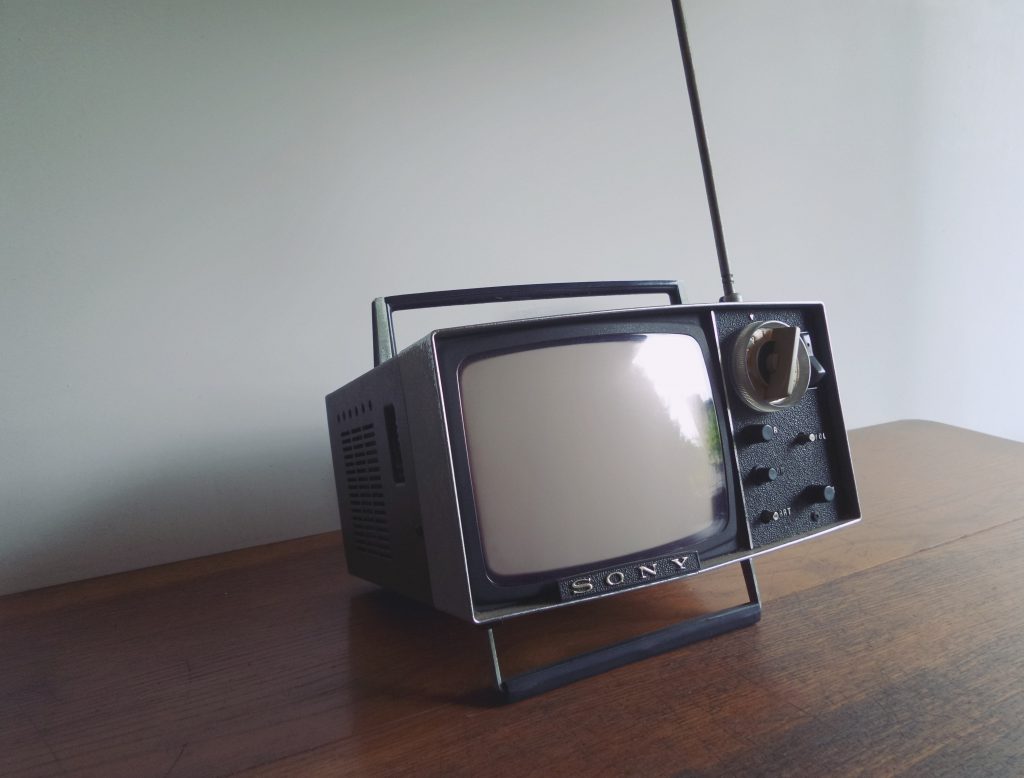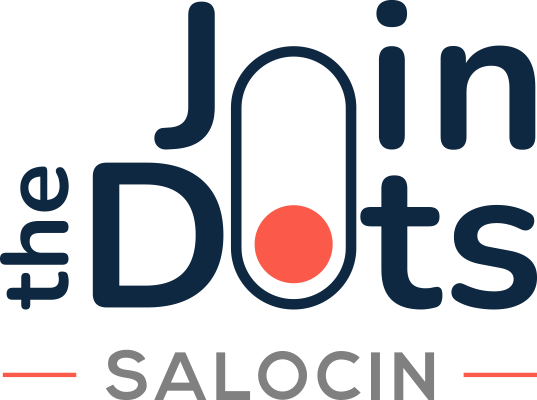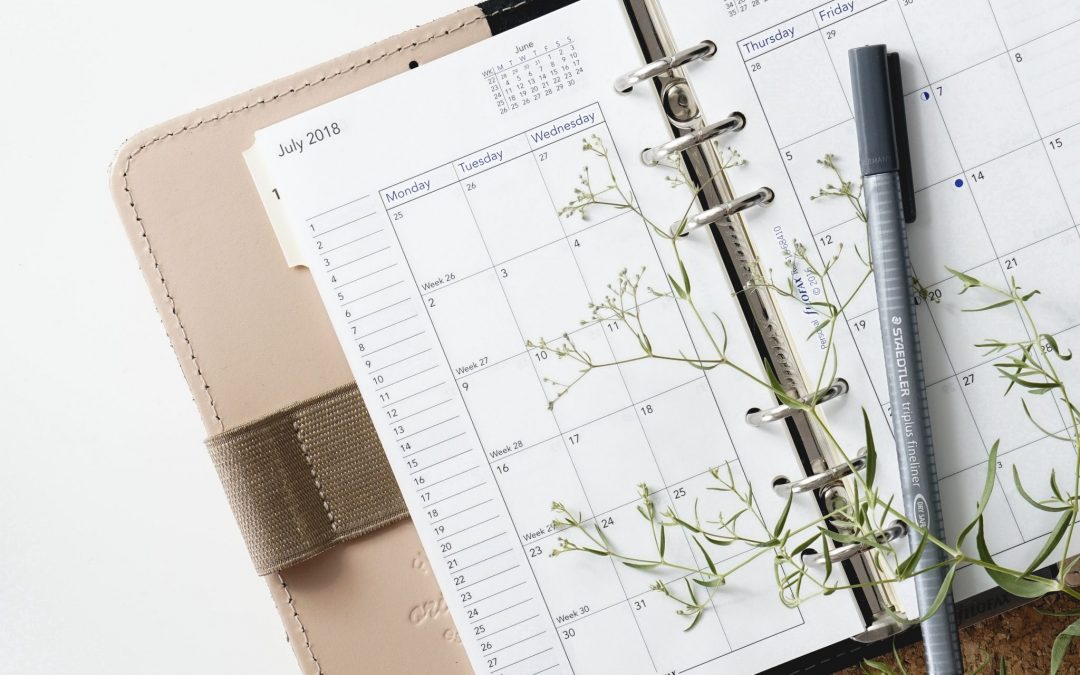Here are our top 6 Acquisition Challenges for charities in the year ahead and what Join the Dots can do to help.
With many charities still recovering from the challenges created by the pandemic, we now find ourselves in turbulent economic times. There will therefore be greater challenges ahead, but as experts in the charity market Join the Dots are well placed to help you navigate the coming year.
Here are our top 6 concerns for the next 12 months and how we are working with clients to address them:
1. A lack of understanding of who your current donors are, resulting in your media budgets not being spent as effectively as they could be, therefore, missing targeting the right prospects.
Some charities are doing this really well, with different audience segments by product and using channels such as direct mail where budgets can be focused with laser precision. But we often hear that a lack of resource in the data team is preventing charities from profiling their base. Addressing this and understanding your base should be a priority – your 1st party data is one of your greatest assets.
At Join the Dots, we are all about the data and so we offer free audience profiling for our clients. We take your donor data, send it to a trusted 3rd party data provider, who compare your file with their database to identify matches. This allows us to understand the “who” and “where” of your customers, as well as their interests, hobbies, demographics, and behaviours.
These learnings can be applied to both media and creative to help drive better results.
The outcome?
It enables us to create the most effective strategy to reach your objectives, allows for segmentation and customization which drive response rate, reduces wastage so your media spend works harder and drives response from people more likely to convert.
We create super-targeted campaigns which drive higher response rates, higher ROI and higher lifetime value. Here’s an example of how understanding your base can lead to better results
2. Pressure on people’s disposable income as a result of the cost-of-living crisis means charities may see a reduction in income at a time when it is needed more than ever.
The Charities Aid Foundation was already reporting in March this year that around 2-million fewer people were donating to charity, and this trend is likely to continue.
As a data-led media agency we are proactively having daily discussions with our charity partners on helping to align their strategies to what may be yet another “new normal” for some time.
Our advice includes reviewing targeting and updating creative.
If you don’t already have a strategy targeting high value donors, now is the time to develop one. The most affluent will have significant savings that can be accessed, even when the cost of living is increasing.
Messaging in ads has become even more crucial. You need to explain how their operational costs have increased, but that your work is even more important at this time, perhaps by giving more detail about how funds are spent and the impact they will have.
And whilst it may be tempting to reduce the amount you are asking people to donate, what we generally see with lower asks is that attrition is greater, and donors are less engaged and committed to charities to whom they donate low value gifts so this will not be beneficial in the longer term.

3. Donors interact with charities in lots of different ways and the lack of a single donor view means charities are unable to create personalised offerings which could be building loyalty and driving lifetime value.
More than ever, individual donors are a critical focus. If you fail to engage with donors at an individual, emotive level you risk losing their support and ultimately compromise your acquisition efforts. And to do this, you need the right technologies.
But many charities will often have a collection of discreet technologies that manage different parts of the donor journey – and that makes it difficult to have clear visibility into the donor base. The path forward? A unified, centralised data platform that equips charities with a single view of each donor and the right insights to make effective decisions.
Our sister agency, Edit, specialises in helping brands understand their data and build out personalized donor journeys through centralised data platforms. Read their report on not-for-profit organisations here
4. DRTV has long been a key acquisition channel for charities, but saleshouses are struggling to deliver impacts on linear TV, especially ones which convert efficiently to the typical charity target audience – older and affluent. Budgets may be under-delivered or delivered on less efficient channels making DRTV less cost-effective than it used to be.
There is still very much a place for DRTV with millions of UK adults watching many hours of linear TV, but we need to be planning ahead as the trend towards using other TV platforms continues.
By profiling your first party data and really understanding who your donors are, Join the Dots can use this to create bespoke audiences on addressable TV so that your ad is only seen by the people you want to see it with zero wastage. Yes, the media CPT is higher, but without all the wastage you get with DRTV, your budget is working harder to reach people who are more likely to convert.
Key saleshouses now provide “match back” analysis whereby they can match donations to their base of viewers exposed to the ad at a household level. By doing this we can build up a robust view of how an addressable campaign has performed and use that data to inform future planning.
Find out more about addressable tv here

5. In a sector which is reliant on print channels for acquisition (inserts, door drop and direct mail), spiralling print costs are impacting ROI.
In the UK, paper prices have risen around 20% over the last 2 years as a result of increased demand and reduced supply.
The print management team at Join the Dots are dedicated to finding you the best value possible when it comes to print. This means they consider similar formats and products which can generate considerable savings. For example, by the reducing the size of an A5 insert by around 10mm, the print costs can be reduced by around 30% – this can then offset any year-on-year print cost increase.
Owing to the strength of our relationships with multiple print suppliers and the volumes we book across a year, our print team are always able to secure the lowest prices in the market, again helping to counteract print cost inflation.
Our creative team can rearrange the layout of an insert or a direct mail pack so that it is just as responsive within a smaller format. And with a lighter weight pack, media CPTs can often be reduced too. For more on print, visit this link
6. With more and more people choosing to respond online after seeing a TV ad or print ad, it’s becoming harder to really understand how each of your media channels is performing.
At Join the Dots, we are pioneering the use of direct mail fused with digital components which allows the recipient to interact digitally directly from the mailing pack. This has been used in the past for clients like Jaguar Land Rover whereby individuals who were nearing a new car upgrade received a mail pack that allowed them to press a digital button within it and prompt a call from a dealer nearby.
The charity use-cases for this our numerous, for example: once we have identified people who are most likely to commit to major donations, we can mail them with a personalised pack which allows them to request a call from or a meeting with the major donors team.
By embedding an NFC chip in a mail pack or an insert that pack can become a “tap to donate” vehicle. All donors need to do is touch their payment card to the pack and their donation is complete.
Reducing any friction involved with making a donation not only leads to higher response rates as less people drop out of the donation journey along the way, but it also allows you to directly attribute response to the mail pack.
Contact Us:
If you’d like to talk to Join the Dots about how we can help your charity overcome its current challenges, then please contact team@wejointhedots.couk






